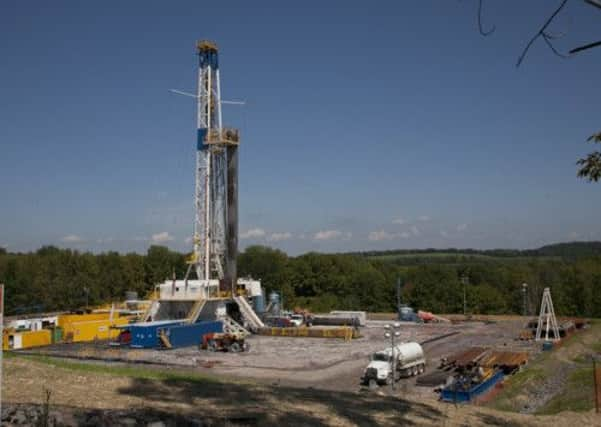Creating a fracking regulator ‘would boost confidence in sector’


The new regulator should conduct proactive, independent monitoring of fracking sites, particularly assessing the integrity of wells to make sure any problems that could lead to leaks are discovered and remedied, a report by the Task Force on Shale Gas said.
And the local community should be given the chance to be involved in the monitoring to verify the process, it said.
Advertisement
Hide AdAdvertisement
Hide AdEngagement by shale companies with local communities must begin before proposals for schemes are formally submitted, and a readily understandable risk assessment - rather than a complex environmental impact assessment - should be produced by all operators.
The current responsibilities of the Environment Agency and the Health and Safety Executive for onshore underground energy and the regulatory activities of the Department of Energy and Climate Change should be handed over to the regulator, the report said.
The task force, which is funded by shale companies but says it operates independently from its funders, urged a new government after May to legislate for a new regulator as soon as possible after the general election.
Chairman of the Task Force on Shale Gas, Lord Chris Smith, said: “Speaking to local communities, we have been struck by how complex the regulatory framework appears, and how this leads to a lack of confidence in the system.
Advertisement
Hide AdAdvertisement
Hide Ad“We believe the creation of a new bespoke regulator for onshore underground energy would command more public confidence for ensuring proper monitoring and regulation of any proposed shale gas industry.”
The task force’s report on UK planning, regulation and local engagement also said planning authorities should have a statutory duty to consult the new regulator when assessing an application.
It is set to publish further reports this year on environmental protection, climate change and economics, and a final study on the potential risks and benefits of shale gas will be published in spring 2016.
ends